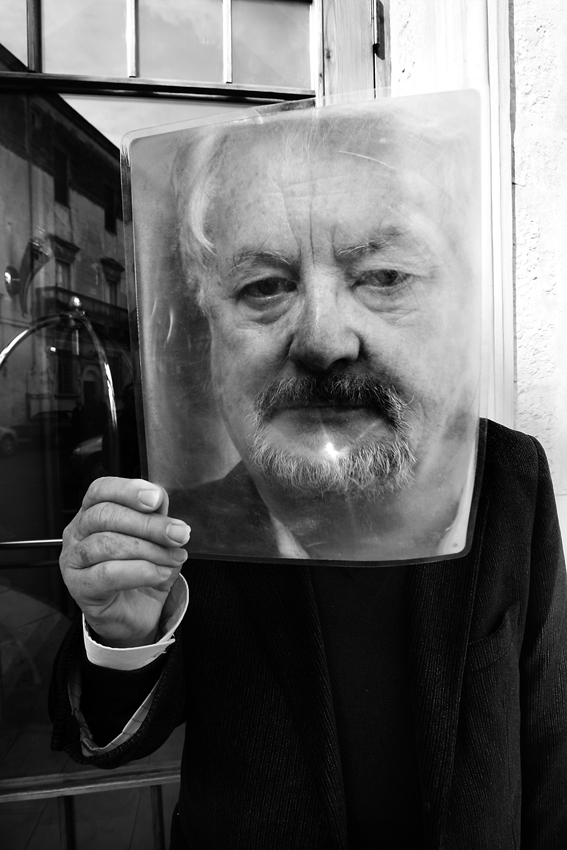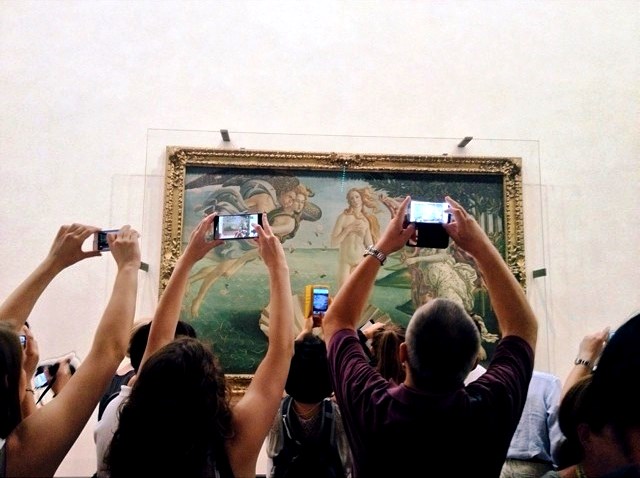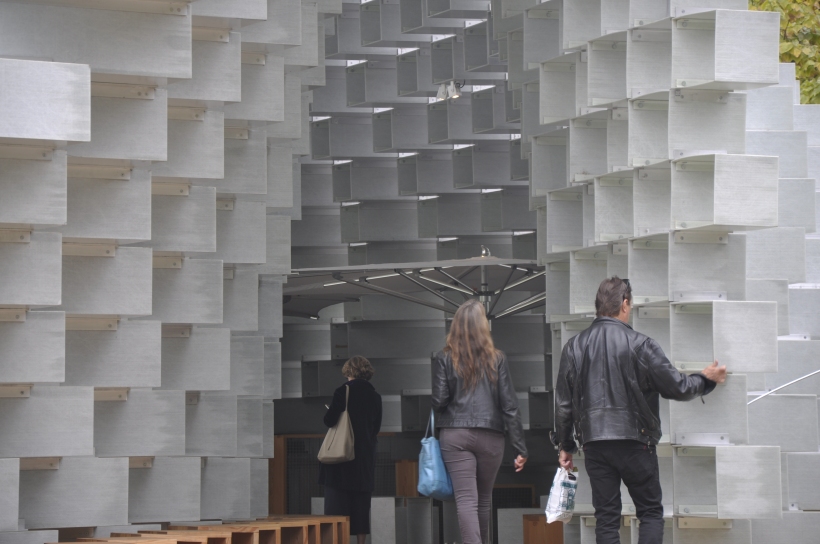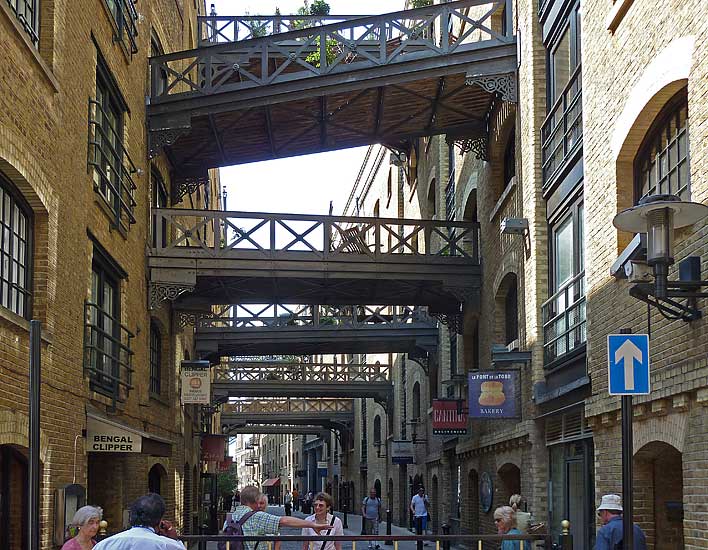‘Non-Places ‘
Gloomy space of big housing schemes, industrial zones and supermarkets, that the signs are placed inviting us to visit the ancient monuments; and alongside the motorways that we see more and more references to the local curiosities we ought to stop and examine, instead of just rushing past; as if alluding to former times and places were today just a manner of talking about present space. (Marc Auge)

Fig.1. Marc Auge timthumb.php_1.png
Marc Auge (02 September 1935) (fig.1) is one of the leading French intellectuals, anthropologists, and an author of a big number of books. Born in Poitier (France), he has spent a big part of his life, travelling to different countries to focus on the geographical and theoretical development. His exploring can be divided into three different stages : African, European and Global.
‘A day with Auge’ is a symposium, which is organised to meet teachers and students from different courses and institutions with Auge’s ideas and writings. (Posted, 2013)
Auge based many of his studies on the exploration of the globalisation. His works saw a substantial success, although some of them were criticised by the editor in chief of International Journal of Safety and Security in Tourism Maximiliano Korstanje. He claims that places like airports, which Auge calls ‘non-places’ in terms of their lack of enough significance to be regarded as ‘spaces’ , are ‘real meetings charged with high emotional arousal‘.(Marc Augé, 2016)
He explains the concept of ‘Places’ and ‘Non-places’ in detail in his work ‘Non-Places: Introduction to an Anthropology of Supermodernity’. The text is organised as a mix between narrative and scientific text. The reader could be anyone, who is interested in this type of writings and topics. He switches between giving examples in the form of a story, and academic writing where he references other scientific texts and ideas. The first part of the text is an epilogue – probably his own experience that made him come up with the terminology of ‘places’ and ‘non-places’. The main part of the text flows from his definition of places and non-places through, the problems in properly defining due to linguistics (the term ‘space’ is more abstract in itself then the term ‘place’)(Auge, 82pp) and concludes with a more in-depth explanation of places and non-places. There is also an epilogue on his views on how that work can be beneficial.
The main idea of the text is rotating between the explanation of the exact words ‘place’, ‘space’ and ‘non-place’ according to the author’s opinion. He explains in a deep detail what emotions and feelings different people have while using these exact words. By giving different examples and explanations he tries to convince the reader that those definitions are not just random words, but something more important. While reading the text, I have the feeling that it reminds me of the idea of the ‘Heterotopias’ – places which may exist only in our minds, and are loosely defined by our physical conditions.
‘Αny living organism experiences the heterotopia at all stages of life and continues after death. I believe that the alternations that are subject to all stages follow heterotopic directions that are driven by the time. Heterotopia specifies the interpersonal relationships and the behaviours within the social environment'(Lountzis, 2016)
In a way when we perceive spaces analyse them and we are interested in their history, we transform them into places. On the other hand, while a tourist might be interested in one location, he is guided by books and signs and mindlessly takes pictures, which makes that same location a non-place for them.(fig.2)
‘If a place can be defined as relational, historical and concerned with identity, then a space which can not be defined as relational, or historical, or concerned with identity will be a non-place'(Auge, 77-78pp)

Fig.2. uffizi-tourists.jpg
We as ‘space’ designers should try to make every location we visit a place by analysing and looking deeper into the details.(Fig.3)

Fig.3. personal archives
In his work, Marc Auge explains to the reader that the definition of the ‘non-places’ means places, which we usually use as a transit. The examples are supermarkets, airports, motorways and other places, which we use very frequently, but not because we want to go there with specific aim and wish, but because we have to. The difference is lying for the specific purpose of you existing in that place. What he is explaining is that any place, could be a ‘place’ and ‘non-place’, but some places are more inclined to be non-places. Commenting with peers and trying to explain better what these definitions are, I encountered the person who said she doesn’t define an airport as a non-place. The reason being when she is travelling she has a purpose of finding and meeting people she can talk to and thus creates the experience of going to an airport, which usually is according to Auge a ‘non-place’, a social and memorable event. While some places are more inclined to be non-places, due to the semiotics symbols and purpose (Auge, 94-95pp, 108pp) it is us who define what that place is for us.
Looking deeper into that subject I find myself fascinated by bridges – the connecting points between spaces. Usually used as a form of transit, or as Auge would define a “non-place”, those spaces could be very captivating and interesting. With some research and moving beyond the bridges of London that connect the north and south bank of the river that divides the city, we find a handful of interesting modules that are used to connect buildings, but not at the street level. These interesting structures could be used to redefine how a bridge functions from the way we perceive it, by filling the in betweenness. With good planning, design, and a strong concept we can transform those non-places hanging above the city scape in a more sensible space of in betweenness of non-places.(Fig.4)

Fig.4. ber127-dist-ltdk-s2h550s0.5-q30.jpg
Questions:
- Can you give us an example of a place wich mean ‘place’ for you?
- Do you think that the definition ‘non-place’ has something in common with the definition of ‘heterotopia’ from Foucault ?
- In your opinion, do animals experience ‘places’ and ‘non-places’?
New Words:
- homogenisation – any of several processes used to make a mixture of two mutually non-soluble liquids the same throughout
- Baudelaire’s modernity – the ephemeral experience of life in an urban metropolis and the responsibility art has to capture that experience, created by Charles Baudelaire
- pilgrimage – is a journey or search of moral or spiritual significance
REFERENCES:
Posted (2013) Professor Marc Augé in Melbourne. Available at: http://www.travelresearchnetwork.com/professor-marc-auge-in-melbourne-3/ (Accessed: 14 October 2016).
Marc Augé (2016) in Wikipedia. Available at: https://en.wikipedia.org/wiki/Marc_Augé (Accessed: 14 October 2016).
Lountzis, D. (2016) ‘heterotopias’. Interview with 13 October,.